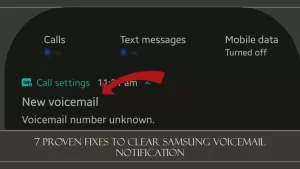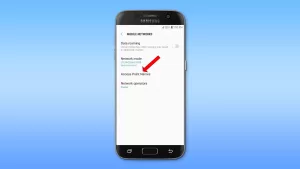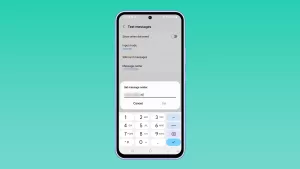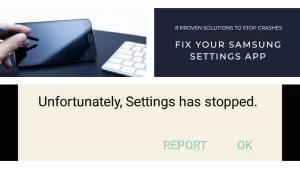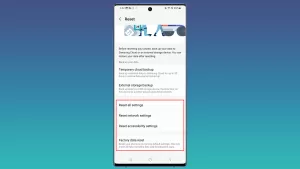If your phone heats up too much even if used normally, it could be a sign of either a serious firmware issue or a hardware problem. As the owner, you should do some basic troubleshooting procedures to determine what the issue is all about and whether or not you can fix it on your own. I personally encountered overheating issues with my smartphones before that were caused by firmware and app-related problems.
In this post, I will walk you through in troubleshooting your Galaxy S9 that’s heating up so much or overheating. We will do some basic troubleshooting procedures to determine what the problem is so that we can fix it. If, by the end of our troubleshooting, the issue points to a hardware problem, then your last resort would be to bring the phone back to the shop so a technician can check it for your.
Before we move on, if you found this post while looking for a solution to a different problem, then pay a visit to our Galaxy S9 Help Guides page for we have already solved some of the most common issues with this phone. We may have already published articles that could help you fix the problem with your device.
Now, here’s what you need to do with your Galaxy S9 if it overheats…
- Turn off your Galaxy S9 immediately.
- If charging, disconnect it from the charger.
- Allow it to cool off and then turn it on.
- Continue using it to know if it still heats up that bad.
- Reboot it in safe mode and continue using it.
- Factory reset the phone and see if it still heats up.
The first thing you need to do if you noticed that your Galaxy S9 is heating up so bad whether it’s charging or not is to turn it off to stop all processes and hardware from running. If the phone is powered on, it’s normal for other components to heat up but not to the point that you’re not comfortable touching or holding it. If it’s charging while overheating, then disconnect it from the charger immediately.
While it’s powered down, let it sit on the table for 15 minutes to cool down but don’t place it in the freezer. Just let it cool down naturally. Once it’s cooled down, turn it back on and continue using it. However, be mindful to know if it still heats up or not. If you noticed that it’s heating up abnormally again, try rebooting it in Safe Mode. This way, all third-party applications will be temporarily disabled. There are times when third-party apps cause the phone to overheat especially heavy games or those that require a lot of resources. Here’s how you run your phone in safe mode:
- Turn the device off.
- Press and hold the Power key past the model name screen appearing on the screen.
- When SAMSUNG appears on the screen, release the Power key.
- Immediately after releasing the Power key, press and hold the Volume down key.
- Continue to hold the Volume down key until the device finishes restarting.
- When Safe mode appears in the bottom left corner of the screen, release the Volume down key.
If the phone doesn’t overheat in safe mode, it means there’s a third-party app that’s causing the problem. Reboot the phone in normal mode and then continue using it. Try opening apps you suspect until your phone acts crazy again. Once you’ve found out the app, you may uninstall it or just reset it by clearing its cache and data.
However, if the phone is still heating up even in safe mode, then you have to do the last resort–factory reset. This will rule out the possibility that the problem is caused by a firmware issue. But before that, make sure to create a backup of your important files if possible. Then, follow these steps to reset your phone:
- Back up data on the internal memory. If you have signed into a Samsung account on the device, you have activated Anti-theft and will need your Samsung credentials to finish the master reset.
- Turn off the device.
- Press and hold the Volume Up key and the Bixby key, then press and hold the Power key.
- When the green Android logo displays, release all keys (‘Installing system update’ will show for about 30 – 60 seconds before showing the Android system recovery menu options).
- Press the Volume down key several times to highlight ‘wipe data / factory reset’.
- Press Power button to select.
- Press the Volume down key until ‘Yes — delete all user data’ is highlighted.
- Press Power button to select and start the master reset.
- When the master reset is complete, ‘Reboot system now’ is highlighted.
- Press the Power key to restart the device.
Should the problem continue after the reset, then we can say that the problem is with the hardware. It’s time you brought it to the store or shop so that a technician can check it for you.
I hope that we’ve been able to help you fix the problem with your device. We would appreciate it if you helped us spread the word so please share this post if you found it helpful. Thank you so much for reading!
ALSO READ:
- What to do if your Samsung Galaxy S9 has a virus infection popup?
- What to do if your Samsung Galaxy S9 turns off on its own?
- Fast charging feature no longer works on Samsung Galaxy S9
- How to fix Samsung Galaxy S9 with WiFi that keeps disconnecting
- What to do if your Samsung Galaxy S9 takes too long to charge

